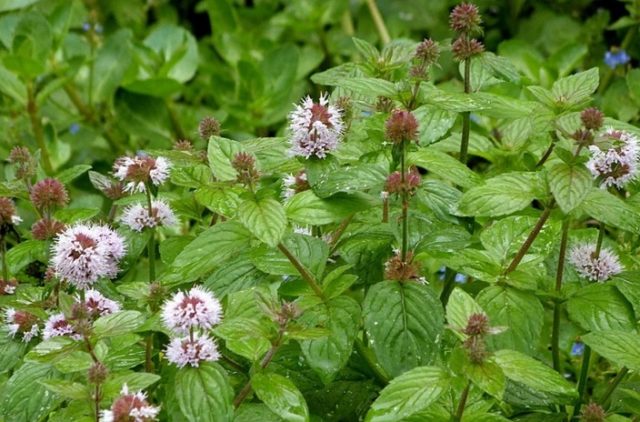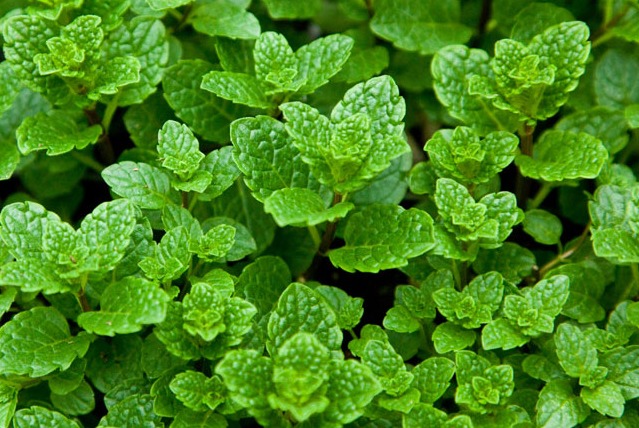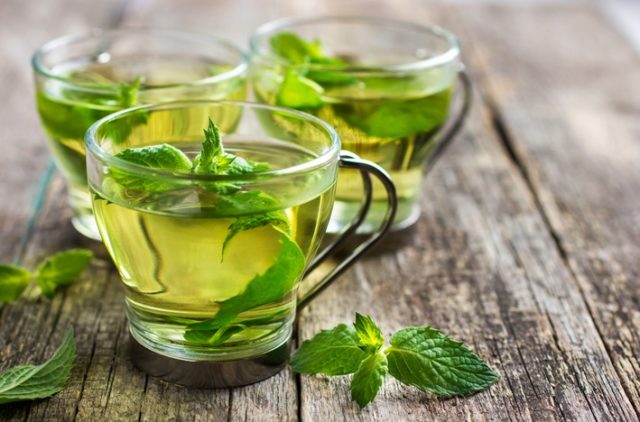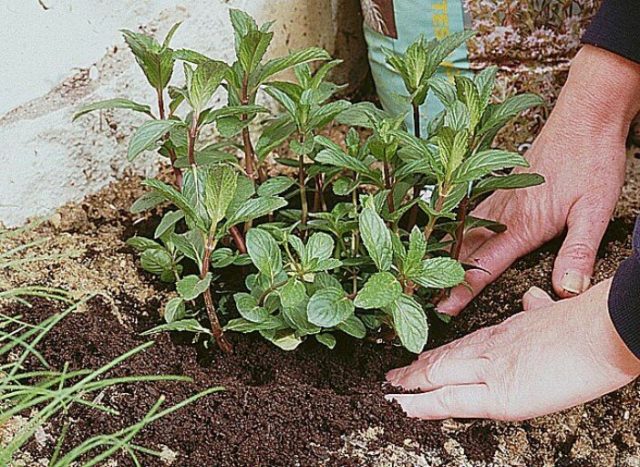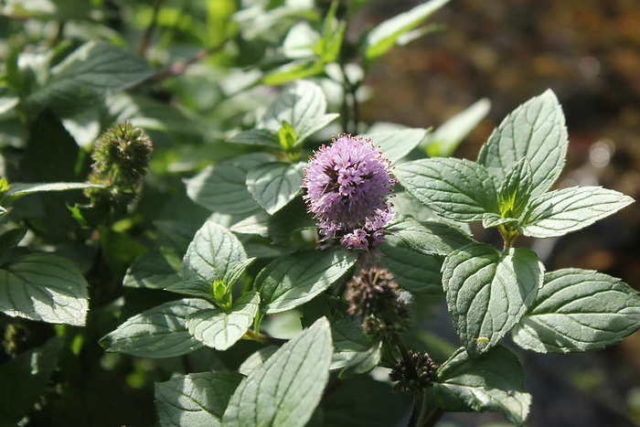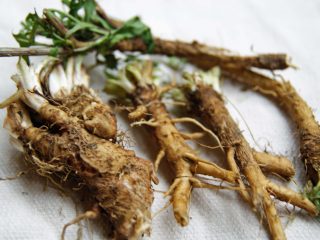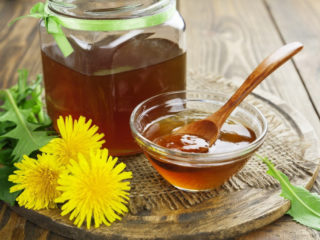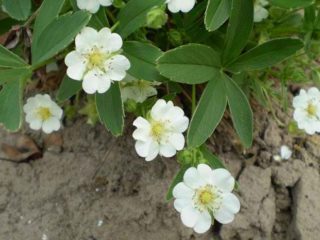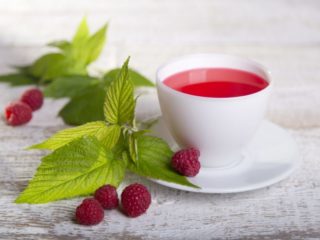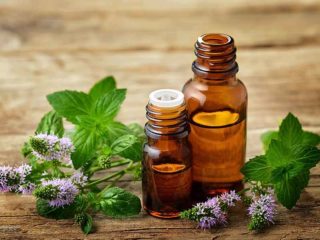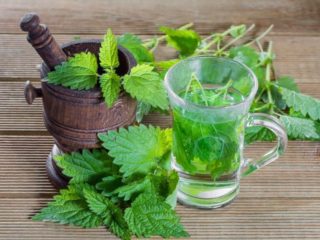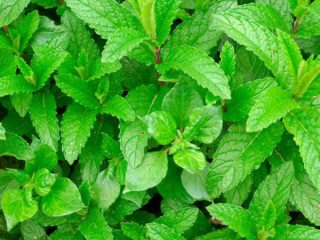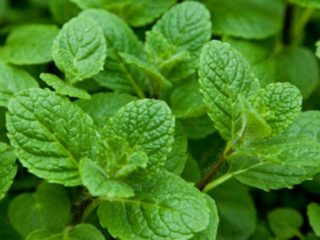Content
Watermint (Mentha aquatica) belongs to the Lamiaceae family. This variety grows in nature near bodies of water, as the name suggests, and it is also grown in summer cottages and gardens. Cultivated varieties are highly decorative, but serve not only to decorate the site. Water mint is successfully used in cooking, cosmetology, and medicine.
Description of water mint
In nature, water mint or watermint is a common marsh plant. It easily takes root in summer cottages near artificial ponds. The natural appearance of watermint is low - from 30 to 50 cm. The leaves are oval-shaped with pubescence, and turn slightly red in the sun. Small light purple flowers, collected in spherical inflorescences, appear from mid-July and attract bees.
Popular varieties include Moroccanish Mintse - without characteristic hairs on erect stems, blooms in June. The leaves are more rounded than those of the wild species.
The cultivated varieties bred by breeders are distinguished by more powerful growth, the height of the shoots reaches 90 cm.
Use of water mint in cooking
Mint goes well with desserts, but is also appropriate with meat and vegetables. One of the most popular drinks with it is Mojito. To prepare the cocktail you will need:
- lime;
- 100 g fresh mint;
- 2 tsp. Sahara;
- sparkling mineral water
- ice.
The leaves are crushed or crushed to release their juice. The lime is cut and squeezed into a glass, sugar, ice and mineral water are added.
What is the scent of water mint?
When crushed, watermint leaves emit a characteristic odor. It has a refreshing, icy menthol note and is the richest of the bunch.
Where is water mint added?
Mint is so popular that it is difficult to imagine everyday life without it. It is associated with a huge number of tastes and smells in cooking and perfumery. Water mint also has beneficial properties and contraindications, which few people are aware of.
Beneficial properties of water mint
Mint has a strong bactericidal effect. Chewing its leaves destroys microbes in the mouth. It contains ascorbic acid, flavonoids and tannins. Terpenes, which are part of mint essential oil, have an anti-carcinogenic effect.
Useful properties of mint:
- antimicrobial;
- anti-inflammatory;
- sedative;
- antispasmodic;
- phytoncidal.
In large quantities, mint causes severe sweating, reduces concentration, and prevents you from falling asleep, so it should be consumed in moderation. Research by Ukrainian scientists has shown that the phytoncides secreted by this plant have antispasmodic properties. Mint aroma is useful for people with diseases of the cardiovascular system and hypertension.
The use of water mint in traditional and folk medicine
In scientific medicine, only horsemint and peppermint are used. They have the highest concentration of essential oil and menthol.
The use of watermint lies mainly in folk medicine. It is as follows:
- Peppermint tea relieves nausea; I drink it in small sips. Can be used by pregnant women with doctor's permission. Mints and lozenges help with motion sickness.
- Mint helps improve digestion, eliminate bloating and muscle spasms.
- The herb is effective against colds due to its anti-inflammatory properties. An aqueous solution of mint ether can be used to treat a room during an epidemic.
- A mint drink helps cope with migraines. For headaches, you can rub your temples with cooling essential oil.
- Due to the anti-inflammatory properties of mint, it is good to use to treat inflammation of the skin and reduce itching, and for problems with the oral cavity.
- Mint refreshes and strengthens hair, gives it shine, and reduces the appearance of dandruff. You can rinse your curls with a decoction of the herb or add essential peppermint oil to your shampoo.
- Mint also refreshes facial skin, reduces wrinkles, irritation, dryness and inflammation. You can freeze the mint decoction and wipe your face with mint ice.
To prepare mint infusion, 1-2 tbsp. l. dried or fresh herbs pour 0.5 liters of boiling water. Simmer on low heat for 10 minutes.Cool, filter and use as intended.
Menthol causes the sphincter between the esophagus and stomach to widen. As a result, contents reflux into the esophagus, and heartburn begins. Therefore, mint is contraindicated for people prone to reflux-esophagitis. It will worsen the condition and create great discomfort.
Landing rules
Watermint, the photo and description of which is familiar to many gardeners, reproduces well by seeds and vegetatively - by parts of rhizomes and cuttings. It prefers to grow in well-lit areas, but can also tolerate partial shade. It is advisable to plant the plant in loose soil so that the rhizome is more powerful and the leaf mass grows better. Mint is unpretentious to the quality of the soil, but grows better on fertile loams and black soil.
Plant mint in the spring, when the snow melts and the soil warms up. To propagate an existing plantation, an adult bush is used. They dig it up, divide it into parts, and plant the sections in the right place. You can make a furrow and place the mint rhizome in one row. When establishing a mint plantation, the distance between the furrows is 40-60 cm. The planting depth is 8-10 cm. Already in the first year, you can obtain raw materials for mint teas and decoctions. Mint is also grown through seedlings, sowing seeds in pots. Young seedlings are transplanted into open ground in May.
Mint is a very aggressive plant, it quickly spreads throughout the area with the help of root shoots, so it is better to grow it in a basket and cut off elongated shoots.You can install restrictions made of slate, plastic and other available materials around mint flower beds, restraining the growth of bushes.
Features of cultivation and care
Water mint is a marsh plant that can grow in acidic, waterlogged soil. If it is not possible to receive moisture directly from the reservoir, abundant watering is required. On hot summer days, when there is no rain, you can water mint daily - in the evenings or early in the morning.
Weeds that have grown between the shoots of watermint are pulled out by hand and the rows are weeded. If you don't have time to weed, you can use mulch. It is used to fill the space around mint bushes, which prevents weeds from growing, better retains moisture in the soil and increases breathability. Without mulch, water mint, if not growing in water, needs to be loosened to ensure the roots get enough air.
Pests and diseases
Mint is unpretentious and does not require special care. It is practically not affected by pests and rarely gets sick. Sometimes suffers from rust and powdery mildew. At the first signs of the disease, leaves free of infection are immediately harvested, and the remaining plants are cut to the ground and burned.
When and how to collect water mint
Like many temperate herbs, mint stops growing with the onset of cold weather, so in the summer it is stored for future use until the next season. The plant is harvested in mid-summer, at the very beginning of flowering, when the concentration of essential oils in the leaves is highest. Later, the amount of nutrients in mint decreases. The stems are cut along with the inflorescence to one third of the height, then by autumn new shoots will grow and it will be possible to harvest another crop of herbs.
How to properly dry water mint
There are two options for harvesting dried herbs. The first involves drying only the leaves, the second involves chopping together with stems and flowers, and subsequent drying in the shade.
When using an electric dryer, set the temperature to +35…+40 °C. If the heating is stronger, the essential oils will evaporate, and what you will get is not an aromatic seasoning, but a bunch of hay. When drying naturally in air, mint is laid out in a thin layer in the shade, after washing well. For culinary purposes, dried leaves are used. They are taken with stems and flowers to prepare decoctions, which are added to baths and used to rinse hair for medicinal and cosmetic purposes.
Store dried mint in a cool, dark place in tightly tied fabric bags, glass or plastic containers with lids.
Conclusion
Water mint is tasty, aromatic and healthy. This means that recovery can be combined with pleasure. The herb is grown in the garden or in a pot on the windowsill. Mint has beneficial properties, which is why it is used in medicine, cooking and cosmetology.
